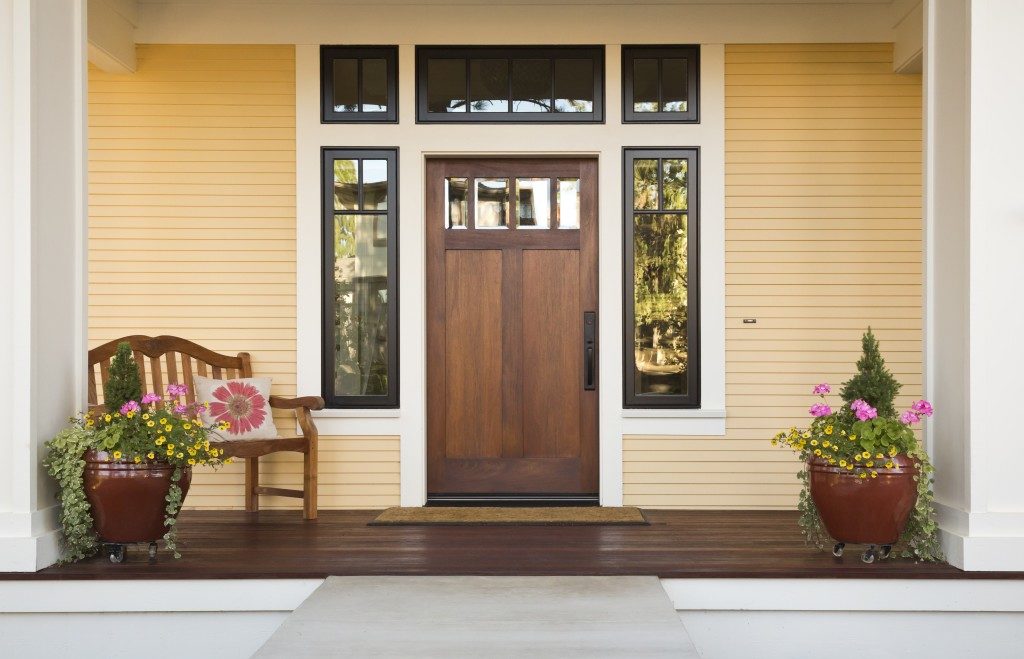Throughout the centuries, door styles and designs have changed and yet its purpose of separating one room from another remains the same. It may appear like a simple component of your home, but building a door requires knowledge of its frame and its specific parts.
In today’s building practice, a fundamental part of each door — that makes sure they open and shut without hassle — is the door jamb. It can be made of timber, steel, or glass, but this component is essential for your door’s primary function.
Below, we’ll discuss in detail how this part works as well as the processes of how doors are cased in its frame.
What are Door Jambs?
These are the sides of your door’s main frame. Still not familiar? Check your door. There, you’ll see the hinges attached to them, and this all depends on how you want to make the door hang. On the flip side, you’ll see that a metal plate is bolted to protect the jamb from friction. There’s a hole in the middle of the plate, which you must indent to fit the latch, particularly when the door is closed. This is parallel to the doorknob.
The installation of timber door jambs works by cutting two door frames (must be identical pieces) with a saw. Be sure to check the jamb’s width correctly, though. You have to measure if there’s a drywall or siding that may be placed on the outer portion.
The bottom part of the jamb must sit directly or be positioned perpendicularly to the floor. Use a plywood spacer to take note of clearance issues. It’s best that at the end of the project, you won’t have to cut down your new door or install a new one that only causes a hassle. A little extra space is better than none at all.
The Process of Casing
This is the process of placing a trim, particularly around the door’s frame. Some common practices of installation often tend to eliminate this part, but whenever applicable, this is a crucial step to ensure that the door is friction-free and more durable.
If you’re planning to place or include a trim in your door, a miter saw is recommended for cutting the angles of the corners attached to the jamb, as the usage of this tool ensures a tighter and more compact fit. Using nails and pre-drilling holes are also recommended for added durability. This step ensures that the wood won’t break or split and produces a cleaner and more visually pleasing look.
Conclusion

A lot may disregard or not be aware of what door jambs are, but they are one of the most important components of a door. They allow the door to become secured, as well as make sure that it stops, locks, and functions properly.
Now that you know the purpose of jambs and how to install them, the concept of building doors should sound much simpler. Look at the doors around your home and identify the jamb as the type is visible. Next time you decide to do a door replacement project, follow the tips provided above to guarantee a successful door installation.




